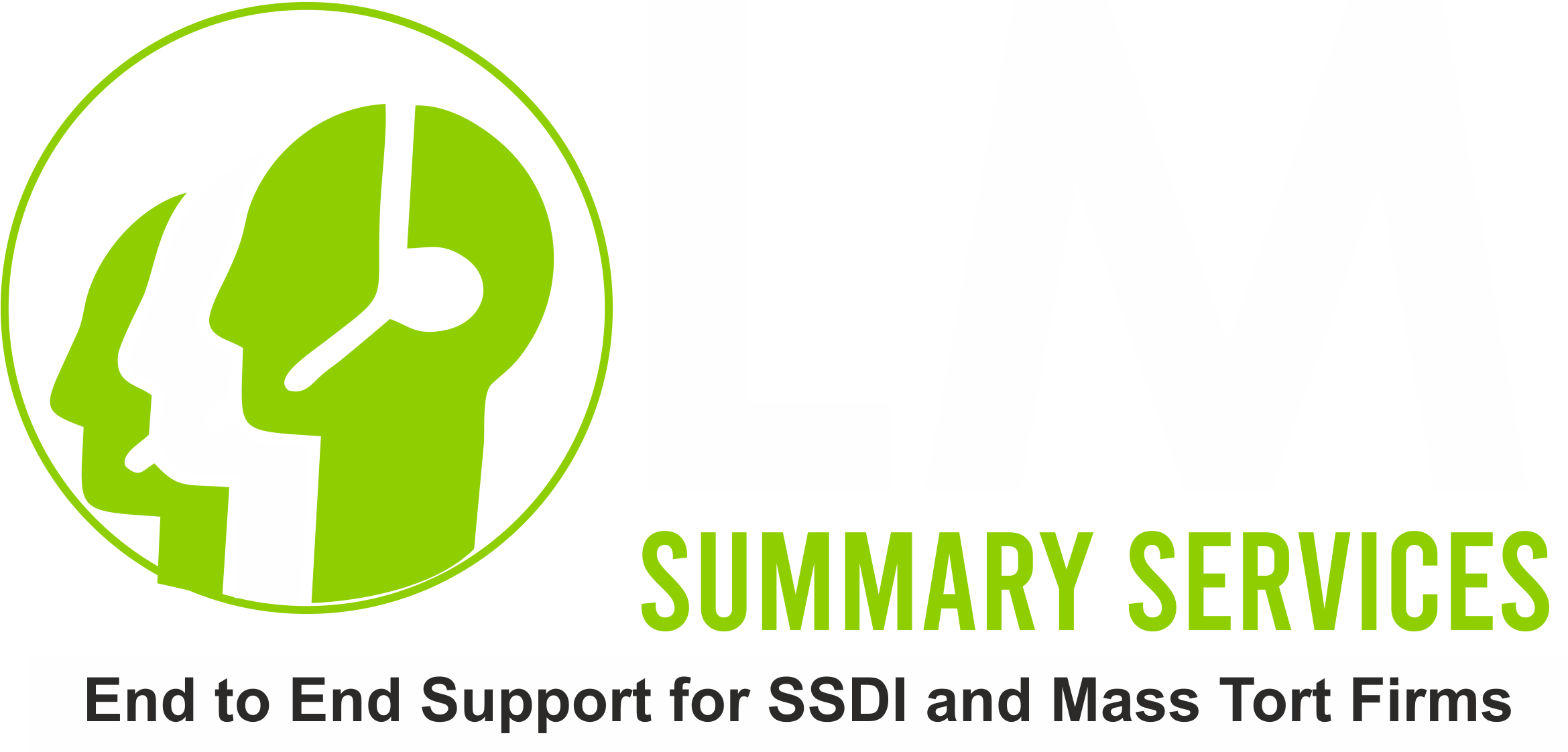Before you get started on your application, you should know that the SSD application has many parts to it and is also a lengthy and extensive process. There will be many parties that will be evaluating your application. Various types of evidence can and will be evaluated to help determine your claim to receive disability benefits. If you want to lower your waiting time on the reviewing status, you should gather all of your medical records and any other documents that can support your disability for your claim.
Though it doesn’t seem ideal to do all of this research and gathering of documents on your own because the application process is already a headache, you will be speeding up your reviewing process tremendously. When your case is being evaluated, Social Security will review old and new medical records. The old records will explain when you became disabled as well as the medications you have been prescribed and how effective they have been. The new records will obviously show that you are still disabled and it is severe enough to apply for SSDI or SSI benefits.
What evidence should I gather for my disability claim?
When you are ready to file for your disability claim, you should start organizing all medical records and any other documents that you would like to send in with your application. You should make sure all of the documents can prove that you are disabled.
Personal Statement
Your personal statement should be honest and explain how your disability is enabling you from working and achieving daily activities. In the statement, you should mention the date of when you became disabled. This is generally the date that SSA will figure out your benefit even if you filed your application out at a later day.
Medical Records
You should also supply Social Security with a medical history. This will include details about your disability, any medical treatments you’ve received, and documents to assist the extent of your injuries.
The medical documents should prove:
● That your impairment exists;
● The intensity and stability of your disability;
● Progress establishments and info on any changes; and
● Proof that is related to your symptoms
○ prescriptions and their side effects
○ details on the severity of the disability
○ Details on daily activities, and anything else that may be relevant to determining the severity
Activities of Daily Living
You will also be asked you to fill out a questionnaire so they can get a better understanding of how your disability impacts your activities of daily living (ADLs). These activities can involve:
● Work around the house;
● Personal and hygiene activities;
● Capability of driving;
● Running errands or execute basic activities; and
● Sit and/or stand for long periods of time.
